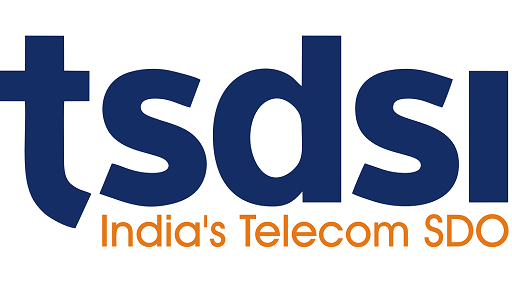ATSC, TSDSI Ink Deal Opening Way for 3.0 Adoption in India
Agreement is a necessary step for ATSC 3.0 to be adapted for India’s unique use cases

WASHINGTON & NEW DELHI—The Advanced Television Standards Committee and the group responsible for developing telecommunications standards in India announced they have signed an agreement to enable adoption of ATSC standards for reception of broadcast services on mobile devices.
The ATSC and Telecommunications Standards Development Society, India (TSDSI) signed the agreement March 2. It enables TSDSI to adopt ATSC standards. It is seen as the first step toward advancing development of NextGen broadcasting standards for India.
“The agreement with Telecommunications Standards Development Society, India is a significant accomplishment,” said ATSC Board Chairman Lynn Claudy. “This is a great opportunity to integrate ATSC 3.0’s state-of-the-art broadcast capabilities into the global telecom’s ecosystem, especially given the massive size, scope and influence of India’s market and technological expertise.”
With the agreement, TSDSI can begin adapting ATSC standards for specific live-linear broadcast and broadcast traffic offload use cases in India, said TSDSI Chair Mr. N. G. Subramaniam.
“TSDSI developed a technical study report on Broadcast Traffic Offload in early 2020. We have prioritized creation of a standard that will meet the requirements of India market, which has the world’s highest consumption of mobile data per smartphone,” he said.
The agreement is the product of work that began three years ago with a Memorandum of Understanding between the organizations and a jointly organized conference on the convergence of broadcast and broadband in India.
“This agreement enables mobile operators to consider ATSC 3.0 adopted standards-based broadcast technologies to supplement their LTE/5G telecom deployments,” said Madeleine Noland, president of ATSC. “The impact in terms of the large number of base stations and devices in India could be massive, even at current levels of one billion subscribers and approximately 250 million new devices being added every year.”
The professional video industry's #1 source for news, trends and product and tech information. Sign up below.
The ultimate benefit of the collaboration between the organizations might be tight integration in the core networks and the devices of cellular operators and broadcasters, said Pamela Kumar, director general of TSDSI.
“While there are still many steps to take to reach that goal, this agreement represents a first and necessary step that can open the path to these possibilities and more,” she said.
Sinclair Broadcast Group and ONE Media 3.0—both ATSC and TSDSI members—welcomed news of the agreement.
“We’re delighted that leaders in broadcast and telecom standards are charting a way forward to break traditional walls between these verticals in the interest of creating the most cost-effective broadcast solution for massive cellularized deployment,” said Christopher Ripley, Sinclair president and CEO.
“Our investment in Saankhya Labs for ATSC 3.0 silicon and infrastructure technologies is a clear testament of our confidence in India’s technological expertise and market influence. Through adaptation by TSDSI, ATSC 3.0 also can be part of the 5G ecosystem for non-television data services,” he added.
Many elements of ATSC 3.0 are compatible with international telecom standards and are recognized by the agreement, Sinclair said.
In mid-October 2020, Sinclair revealed the first production model of its Mark ONE smartphone equipped with ATSC 3.0 receiver and antenna. The phone was designed in India.
“We are pleased that the Indian Ministry of Information and Broadcasting has recognized ATSC 3.0 as an ‘emerging standard around 5G broadcasting where you can directly broadcast to mobile phones’ as well as providing a grant for proof-of-concept field trials to validate the business case ,” said Sesh Simha, ONE Media’s vice president of Advanced Technology.
“Designed in India, our Mark ONE engineering validation smartphone with embedded ATSC 3.0 technology is an example of our continued support of ‘Atmanirbhar Bharat’ (self-reliant India) solutions for this activity.”
More information is available on the TSDSI and ATSC websites.
Phil Kurz is a contributing editor to TV Tech. He has written about TV and video technology for more than 30 years and served as editor of three leading industry magazines. He earned a Bachelor of Journalism and a Master’s Degree in Journalism from the University of Missouri-Columbia School of Journalism.

